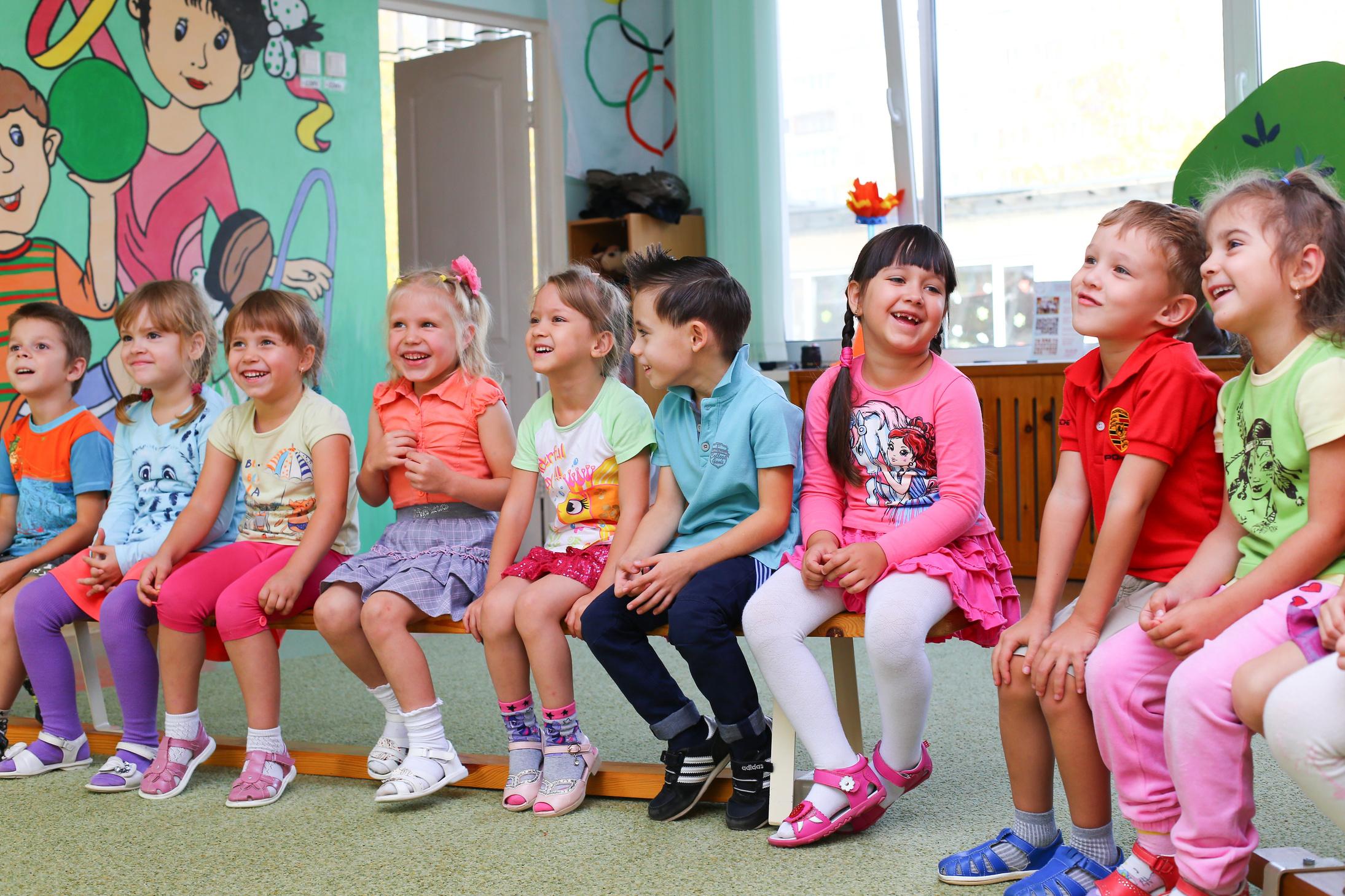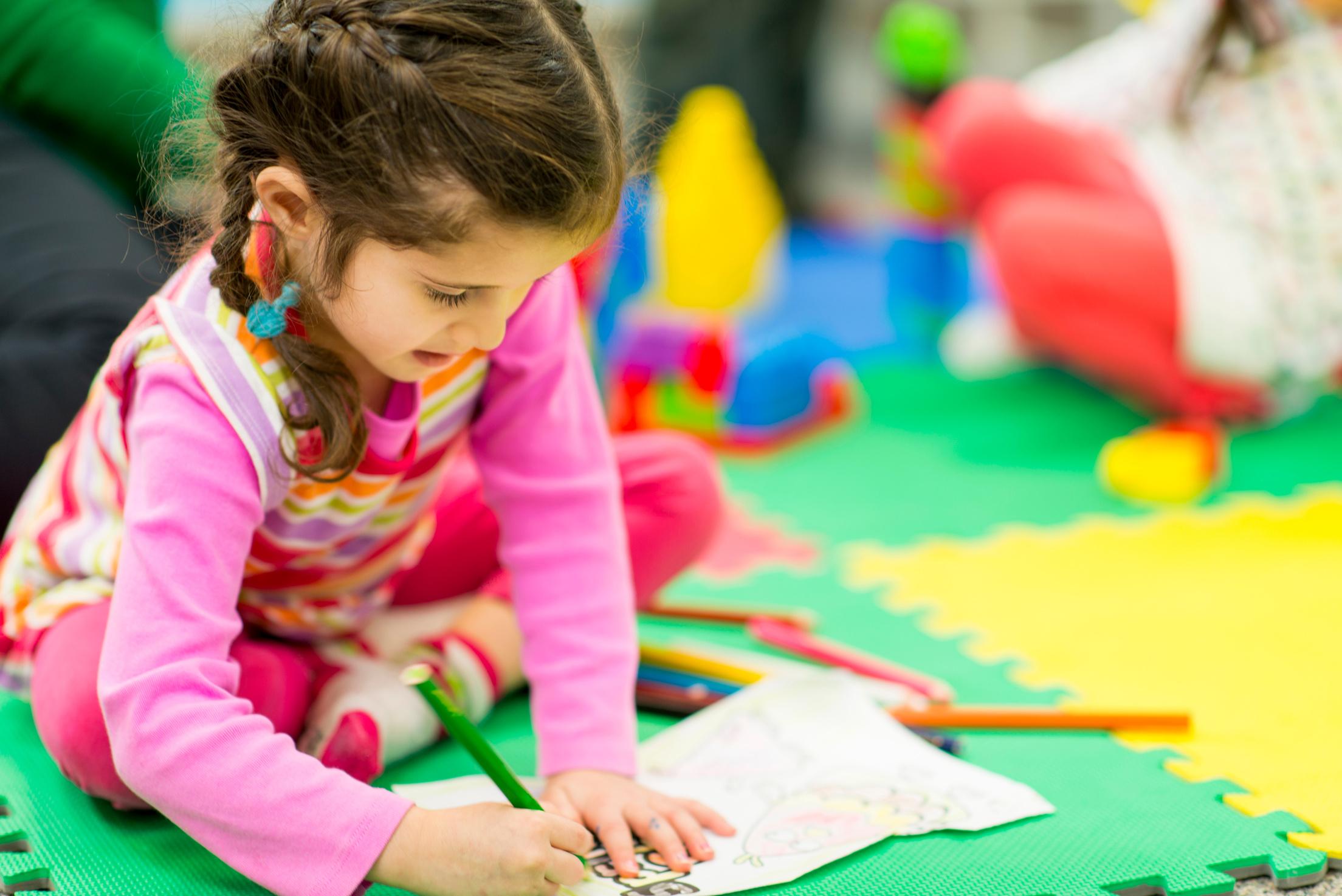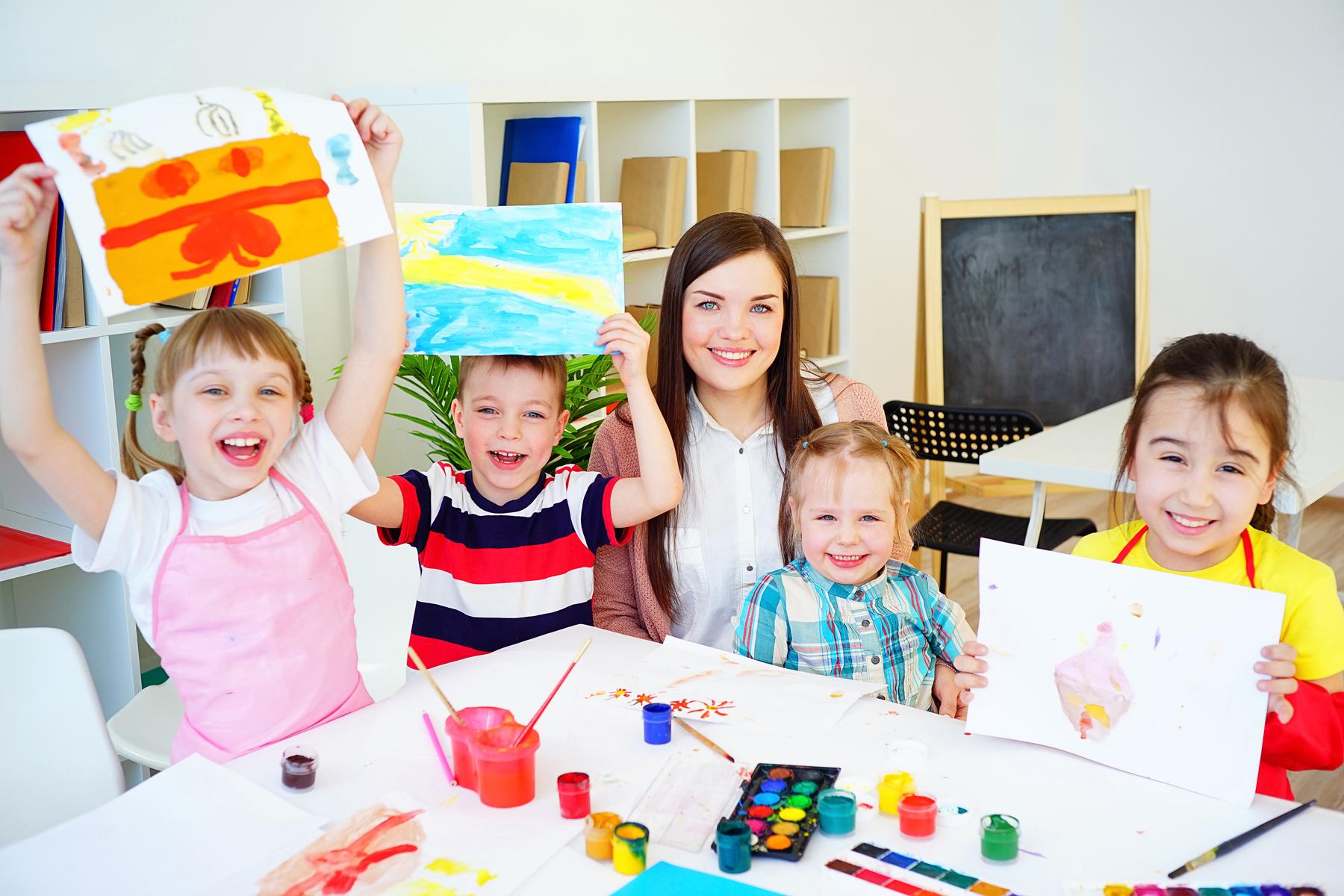
7 minute read
Kindergarten Curriculum Overview
All day kindergarten is an expanded day of learning for kindergartners that is responsive to their need for content learning, critical thinking, curiosity and discovery, independence, social interaction and movement.
The increased number of instructional minutes that kindergartners will receive in a full school day provides more learning time as children continue to build a foundation for cognitive development, acquisition of literary and mathematical content, social skills, critical thinking and independence.
In accordance with Illinois School Code, the district must offer a half day program to all students. Every student will be working toward the same standards regardless of their program and the half day program will continue to be a quality learning experience for all students.

Literacy
Literacy is the ability to construct meaning and manipulate the language for a variety of purposes through reading, writing, and speaking and listening.
Literacy skills are taught in kindergarten through a balanced approach. The program provides students with a secure foundation to ensure that they emerge as readers and writers. Children are encouraged to demonstrate reading ability when it is developmentally appropriate. Methods of instruction include: read aloud, shared reading, interactive reading and independent reading. Children will construct and convey meaning supported by a variety of materials and programs.
Demonstrate phonemic awareness Recognize upper and lower case letters of the alphabet Produce appropriate sounds when shown letters of the alphabet Use their knowledge of letter sounds to decode simple words
Students will learn to:

Develop concept of words by tracking print and identifying words in familiar text Read and track familiar text Demonstrate understanding of stories and respond to simple questions Read high frequency sight words Make predictions based on illustrations or story text Read grade level text with independence

Writing
All kindergarten students engage in various writing settings. Methods of writing instruction include: modeled writing, collaborative writing, shared writing, guided writing, and independent writing.
Students will learn to:
Write through illustrations, class books, written response, writing workshop
Apply sound-letter knowledge in written communication
Write text that is related to a created picture
Recognize and read their own writing
Develop an understanding of the writing process
Use appropriate kindergarten conventions: spacing, appropriate capitalization and end marks
Write words based on letter sounds using initial consonants, some medial sounds, and ending sounds
Speaking

Students will learn to:
Actively engage as a listener Face the speaker and make eye contact while listening Listen and demonstrate understanding of the story Follow multi step oral directions
Express ideas, thoughts and feelings orally Contribute appropriately and meaningfully to group discussions Engage in speaking during appropriate times Respond orally and appropriately to questions in various settings
Listening
Students will learn to:

Math
Mathematics is a universal language that allows us to make sense of our world. In order to develop and enrich student understanding of mathematics, kindergarten students will have opportunities to experience the utility, power and beauty of mathematics as they become proficient in using and applying fundamental mathematical concepts.
The kindergarten math curriculum includes units of study in:
Know number names and count sequence Count to tell number of objects Compare numbers Understand concepts of addition/subtraction Work with numbers to gain base 10 foundations for place value

Number and Operation
Students will learn to:
Geometry
Students will learn to:
Use geometry to deepen their sense of numeracy
Identify and describe 2D and 3D shapes
Analyze, compare, and compose shapes
Algebra
Students will learn to:
Explore patterns
Use concrete models to solve problems
Solve addition and subtraction word problems within ten
Measturement
Students will learn to:
Describe and compare measurable attributes
Sort objects into given categories
Understand comparative terms

Science
Young children are naturally curious about their surroundings. Science learning in kindergarten is designed to spark that curiosity and provide opportunities for students to ask questions, develop and use models, and construct explanations in order to make sense of the world around them. Students will engage in a variety of explorations and hands-on investigations where they will observe patterns, cause and effect relationships, and understand the concept of a system.
Science learning in kindergarten will help students formulate answers to questions such as:
The science curriculum units of study consist of the following:
Weather
Students will develop an understanding of patterns and variations in local weather and the purpose of weather forecasting to prepare for, and respond to, severe weather.
Forces and Motion: Pushes and Pulls
Students will apply an understanding of the effects of different strengths or different directions of pushes and pulls on the motion of an object to analyze a design solution.
Plants, Animals, & Their Environments
Students will develop an understanding of what plants and animals (including humans) need to survive and the relationship between their needs and where they live.
“What is the weather like today and how is it different from yesterday?” “What happens if you push or pull an object harder?“ "Where do animals live and why do they live there?"

Social Science
The goal of the social science curriculum is to prepare students to become responsible citizens. As a result of this curriculum, kindergarten students will make connections and applications to the question: How are people connected to each other and the world around them?
The kindergarten social science curriculum includes units of study in: Myself and Others
Relationships, Needs and Wants,
Environment, National Heroes
Physical Environment and Lifestyles of
Mexico and the United States


Physical Education
Physical education will provide every student with a variety of challenges that will contribute to the development and maintenance of their physical, cognitive, and affective well being. Students will be provided with the foundation for making informed decisions that will empower them to achieve and maintain a healthy lifestyle. Physical Education is a lifelong process, which is the primary responsibility of the student, shared by home, district and community.

Visual Arts
Visual art and music are essential to human development. Through inquiry into the origins and traditions of art and music, students become more literate. They learn about concepts, cultural traditions, historical perspectives and the progress of civilizations which enrich their experiences and shape their understanding of the world.


Technology
Kindergarten students learn with, from and about technology in an engaged, educationally focused environment. Kindergartners have opportunities to work with Ipads, computers and other technologies in a way that transforms learning and impacts the manner in which they learn.

Naperville 203 offers opportunities for students to participate in the Dual Language program.
Please see the District website for more specific information regarding Dual Language - http://www.naperville203.org/duallanguage.
Parents interested in enrolling their children in the Dual Language Program will be asked to submit their names to a lottery. Students must be fully enrolled before the date of the lottery in order to be included in the lottery.
The goal of the Dual Language Program is for students to develop bilingualism and biliteracy (read, think, write and speak) in both English and Spanish. In the Dual Language classroom, approximately half of the students have Spanish as their home language while half have English as their home language.
Once the students begin in the Dual Language program, they will continue to move through the elementary grade levels with the same group of students. In each classroom, students receive literacy instruction in both English and Spanish.
Other curricular areas are taught in either English or Spanish, according to the language allocation plan. All students are taught using the curriculum objectives designed by Naperville School District 203 which is aligned to the Illinois Learning Standards.







